Jul 14, 2025
Author:Lisa Martinez
When your kitten was born with silver, cream, or reddish fur that slowly fades or turns as it ages, you might have experienced what is referred to as a fever coat. This unusual yet interesting situation often confuses new pet parents. However, there is nothing to panic about.
This article will explain everything about fever coats in cats, including causes, signs and symptoms, treatment, and prognosis.
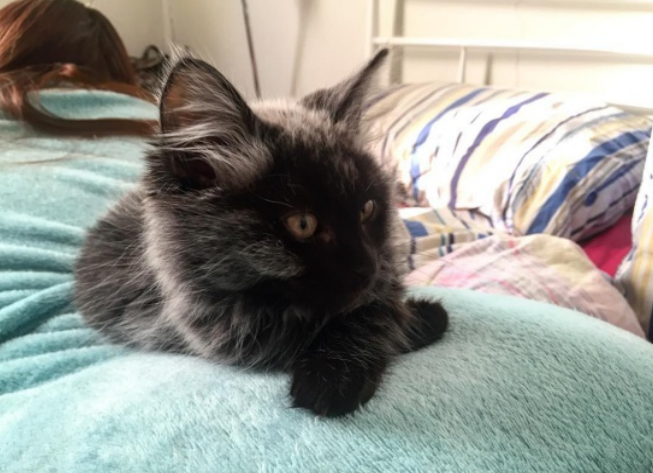
A temporary fur discoloration in some newborn kittens is called a fever coat or a stress coat. This is a situation that arises when the mother cat is under stress, sick, has a high fever, or is under some medications during pregnancy. These can disrupt the formation of pigment cells (melanocytes) during the womb, leading to the birth of kittens with fur that looks silver, pale, or even reddish, which can be quite different than what their genes would indicate.
This abnormal coloring is not lasting.
As the kitten matures and loses its baby fur, the adult coat slowly appears, and the real color and pattern of the kitten are seen, which is genetically determined.
The main reason that causes a fever coat is the interference with pigment production during fetal development. When a pregnant cat (also known as a queen) is subjected to a lot of stress, becomes ill, has a high body temperature, or is exposed to some drugs, this may disrupt the melanocytes, which are specialized cells that decide the color of the fur of the growing kittens.
The Common Causes Are:
● Fever in the mother or viral infections that increase the body temperature
● Stressful conditions during pregnancy, such as environmental or emotional stressors
● Poor or inadequate gestational nutrition
● Exposure to certain drugs that affect development
● Trauma, environmental changes, or relocation during pregnancy
When your kitten is born with a fever coat, it is usually a sign that the mother experienced some prenatal stress or disequilibrium. Luckily, this does not normally have any impact on the health or growth of the kitten- it merely changes the way their coat looks in the short term.
Fever coats are confused with rare or unusual designer fur colors, particularly in newborn kittens. Nevertheless, several peculiarities can make you distinguish them.
Look for:
● Coats of silver or gray, not breed specific or genetic, frequently producing a shimmery effect on the kitten
● Creamy or pale fur with darker roots, with a contrast that is not common to the breed
● Kittens that are supposed to have solid black coats with rusty or reddish tinges
● Irregular spots or worn stripes not conforming to the breed standard coat pattern or coloration
A fever coat is not dangerous. It is just cosmetic and short-lived. In the majority of cases, the health, behavior, and development of the kitten are not affected. Nevertheless, the existence of a fever coat may be an indication that the mother had health problems during pregnancy. It is therefore prudent to keep an eye on both the queen and the kittens to check for any underlying health issues.
Fever coat is not permanent, and the real color of your kitten's fur will start showing as the kitten grows. The majority of kittens begin to exhibit visible color changes at the age of 4 to 8 months, but in cases, it can take a year to complete the process.

You will see changes slowly as opposed to drastic changes, including:
● The first signs of darker colors, which usually start with the back, tail, or ears
● Clearer patterns, such as tabby stripes, tortie patches, or solid coloration are appearing
● The hairs are becoming light-colored and are being lost and replaced by fully pigmented fur
It is a normal change that is part of your kitten’s development and does not need any special treatment. It can be interesting to see how the coat of your kitten is developing.
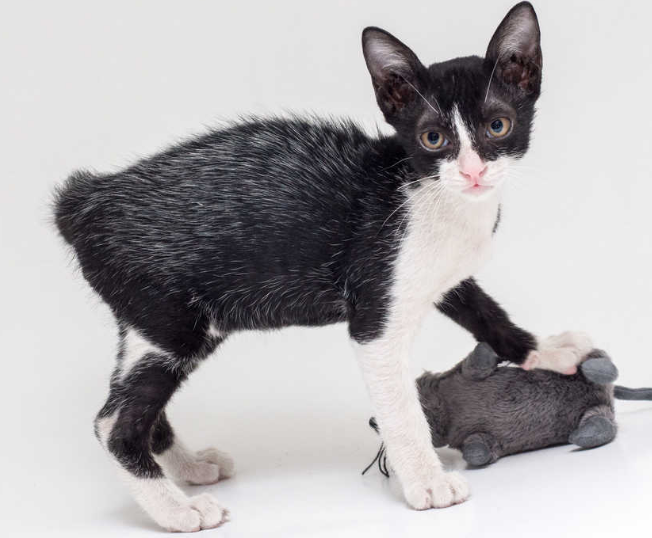
A fever coat is not dangerous, but the proper care may contribute to the healthy growth of your kitten and the appearance of the real coat. The following are some of the necessary steps:
A high-quality diet that is high in protein, vitamins, and minerals will help your kitten have good immunity and develop a healthy coat. Diet is important in fur texture and pigmentation. To get feeding tips, go to What Should You Feed a New Kitten?.
Light brushing also removes the dead fur, improves blood circulation, and makes new coat hairs grow in easily. Grooming is also an excellent bonding exercise. Read more on How to Groom a Cat the Right Way.
Frequent visits to the vet will also assist in making sure that your kitten is developing normally and does not have any underlying problems. This also provides your vet with an opportunity to ensure that the fever coat is not an indication of something more serious. Read When to take your kitten to the vet for further help.
Kittens grow better in a loving and peaceful atmosphere. Less stress leads to good health and stimulates healthy coat growth. To get tips, see How to Help Cats Adjust to New Environments.
Look out for such symptoms as poor appetite, slow growth, or lethargy. The fever coat is not dangerous, but it may be linked to prenatal issues of the mother. See Signs Your Kitten May Need Emergency Treatment.
Playtime, affection, and mental stimulation are essential for keeping your kitten happy and reducing stress, which can, in turn, support a healthier coat. Engage your kitten with fun enrichment games to boost their well-being.
No, fever coats are not smoke coats, but they are similar to each other at first sight.
● Fever Coat: Short-term, due to prenatal stress. The kitten is born with light-colored fur, which changes with time.
● Smoke Coat: Inherited, permanent coat pattern. The dark tips and light-colored roots of the hair are characteristic of these cats, as a result of certain breed characteristics.
If you are not sure whether your kitten has a fever coat or a smoke coat, a vet may assist in distinguishing them by the pattern of growth and breed history.
Yes, fever coats can occur in any breed or color of cat. A fever coat may occur in a Persian, Siamese, or domestic shorthair when stressors during pregnancy influence pigment formation.
It is, however, more pronounced in black or dark colored kittens because the fur of the kittens is much lighter than anticipated at birth.
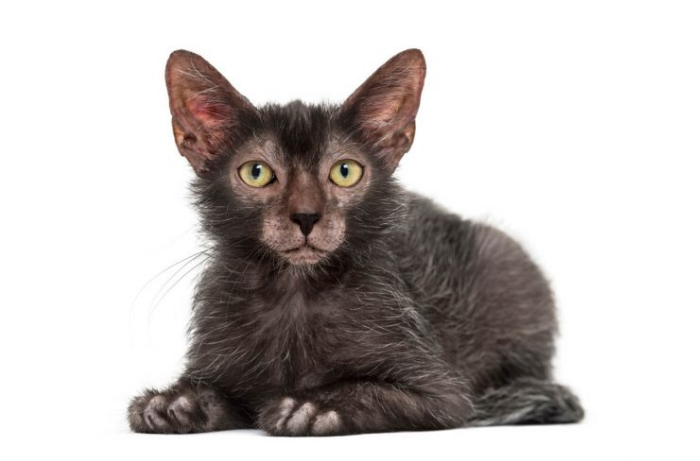
A fever coat usually takes the following time:
● Newborn to 2 months: Light, silvery or rust-colored fur.
● 2-4 months: Color begins to change in patches.
● 4 to 8 months: The adult coat starts to take over.
● Up to 12 months: Full transformation is typically achieved.
The most important thing is patience. It is like a time-lapse of nature in action as you see the coat of your kitten change.
Although fever coats do not need treatment, you must visit your vet in case:
In case your kitten is lethargic, underweight, or exhibits such symptoms as poor appetite or digestive problems, see a vet. These can be signs of underlying diseases not related to the fever coat.
In case the coat is still patchy, dull, or discolored after 6 months, a vet may examine the skin issues or nutritional deficiencies that may have an impact on fur growth.
Since fever coats may be caused by stress or disease in pregnant cats, examine the mother cat to eliminate the possibility of viral infections or nutrient deficiencies.
Your vet will be able to tell you whether it is a fever coat or a genetic issue, so you can know what to expect as your kitten matures.
Your vet will be able to verify the diagnosis and assist in eliminating any genetic or medical problems.
Fever coat in kittens is an interesting, natural phenomenon that occurs due to stress or disease in pregnancy. Although it may appear dramatic, it is harmless. Given some time and tender care, the real color of your kitten will come out, and it will become a healthy and beautiful adult cat.
When you are raising a kitten or are about to welcome one, knowing about the fever coat will enable you to enjoy the change without fear. And in case you want to learn more kitty development tricks, do not forget to check our kitten wellness guides.
Label:
Popular Post

What to Feed a Sick Dog With No Appetite? [2025 Guide]
May 16, 2023

Troubleshooting Common Issues with Automatic Pet Feeders: Tips & Tricks for Pet Owners
Oct 26, 2023
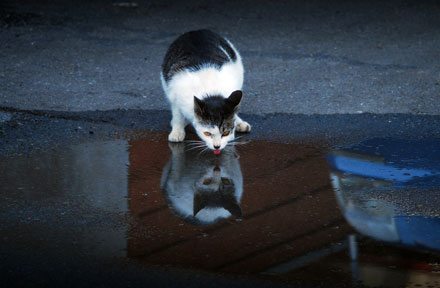
Why Does My Cat Cough After Drinking Water? 8 Potential Reasons
Mar 13, 2023
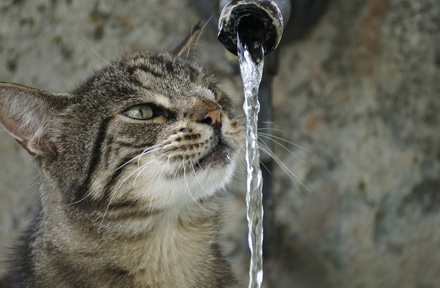
Why is My Cat Throwing up Water? Top 5 Causes Here
Feb 08, 2023
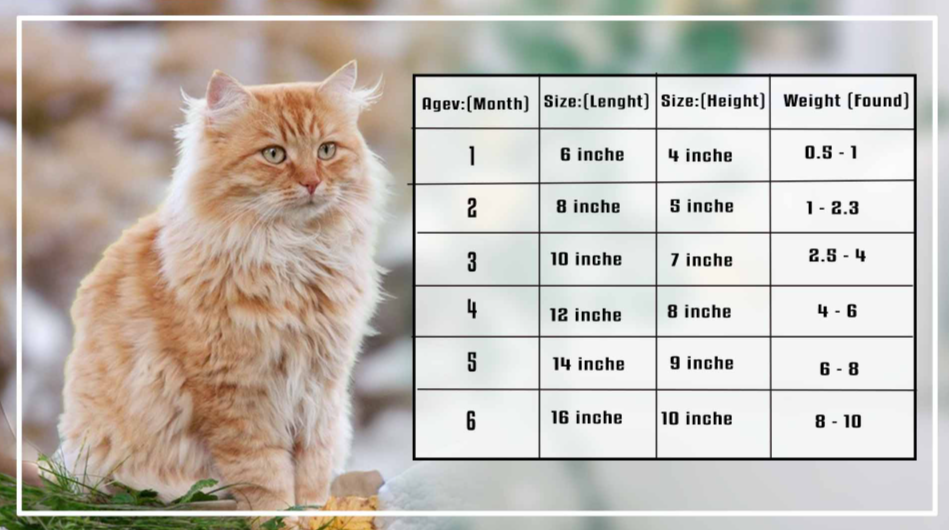
What is a standard Cat Weight chart by age Kg?
Mar 19, 2025
$99.99
$129.99
Copyright © 2025 WOPET. All Rights Reserved.